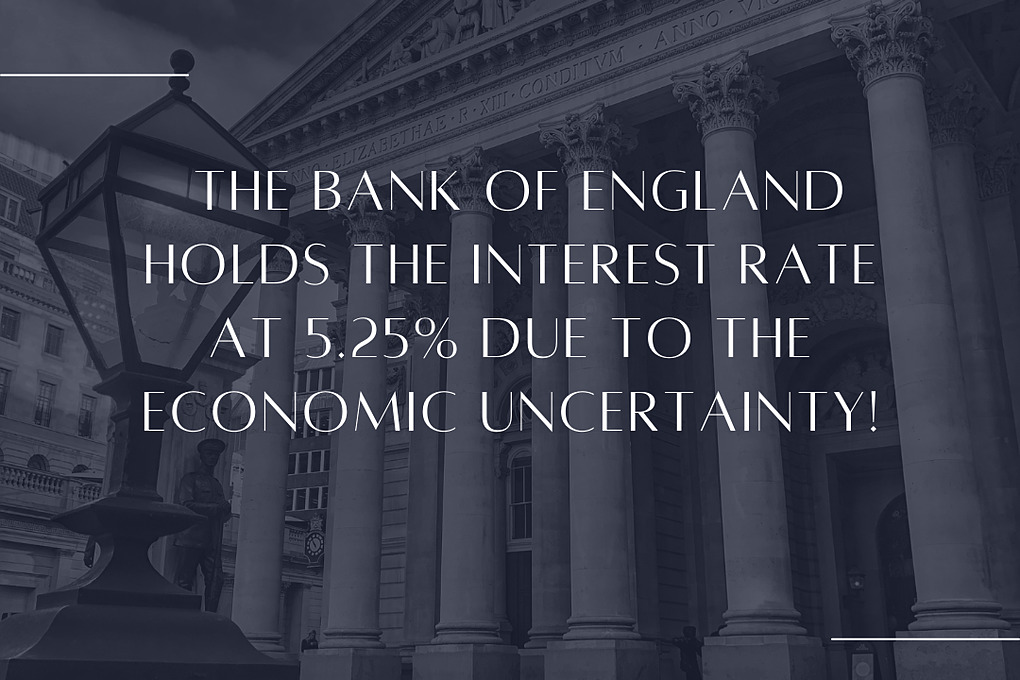Bank of England Holds Firm on Interest Rates Amid Economic Uncertainty

- Nov 2nd 2023
In a move that speaks volumes about the current state of the UK economy, the Bank of England has opted to keep its base interest rate steady at 5.25%. This decision, coming at a time of significant economic flux, underscores a cautious yet vigilant stance from the nation's central bank.
At the heart of this decision is a nuanced balancing act. Governor Andrew Bailey has been clear in his communication, stating that interest rates will need to remain elevated for an extended period. This stance is fundamentally tied to the persistent issue of inflation, which has been the spectre haunting the UK economy. With inflation rates hovering around 6.7% in September, but expected to fall to 4.8% in October, the Bank is closely monitoring these fluctuations, aware that further rate increases might be necessary.
This focus on inflation dovetails with the broader economic picture. The Bank of England has, alongside its decision on interest rates, downgraded its growth forecasts for the UK economy. The projection now is one of stark stagnation, with growth expected to flatline at 0.2% in the early part of next year and then hover around 0.0% thereafter. It's a scenario that places the country on a path of zero growth until 2025. This outlook, while not explicitly predicting a recession, does cast a shadow of doubt over Prime Minister Rishi Sunak's ambition to kickstart economic growth by the end of the year.
The Bank's decision comes after a continued period of consecutive rate rises - 14 in total since the end of 2021 - aimed at taming the soaring inflation that has squeezed households across the country. These increases have had a tangible impact, from higher mortgage payments to improved savings rates. But even as inflation shows signs of easing, the message from the Bank is one of continued vigilance. Interest rates, according to the Bank, are likely to "need to be restrictive for an extended period of time."
And while Governor Bailey asserts that it's "much too early to be thinking about rate cuts", the commitment remains firm: "We will keep interest rates high enough for long enough to make sure we get inflation all the way back to the 2% target." This long-term perspective is crucial in understanding the Bank's current stance.
In the midst of these developments, there's a glimmer of governmental intervention. Chancellor Jeremy Hunt has promised measures aimed at reviving the UK's economic fortunes. The upcoming Autumn Statement is expected to unveil plans to boost economic growth, emphasising private investment, employment, and state productivity.
In essence, the Bank of England's latest move is a reflection of the complexities facing the UK economy. While holding interest rates steady, the institution is navigating a challenging landscape, balancing the need for restraint with the imperative of economic revival. For households and businesses alike, understanding these dynamics and preparing for a range of possibilities will be key as the nation moves into what promises to be an intriguing economic chapter.








